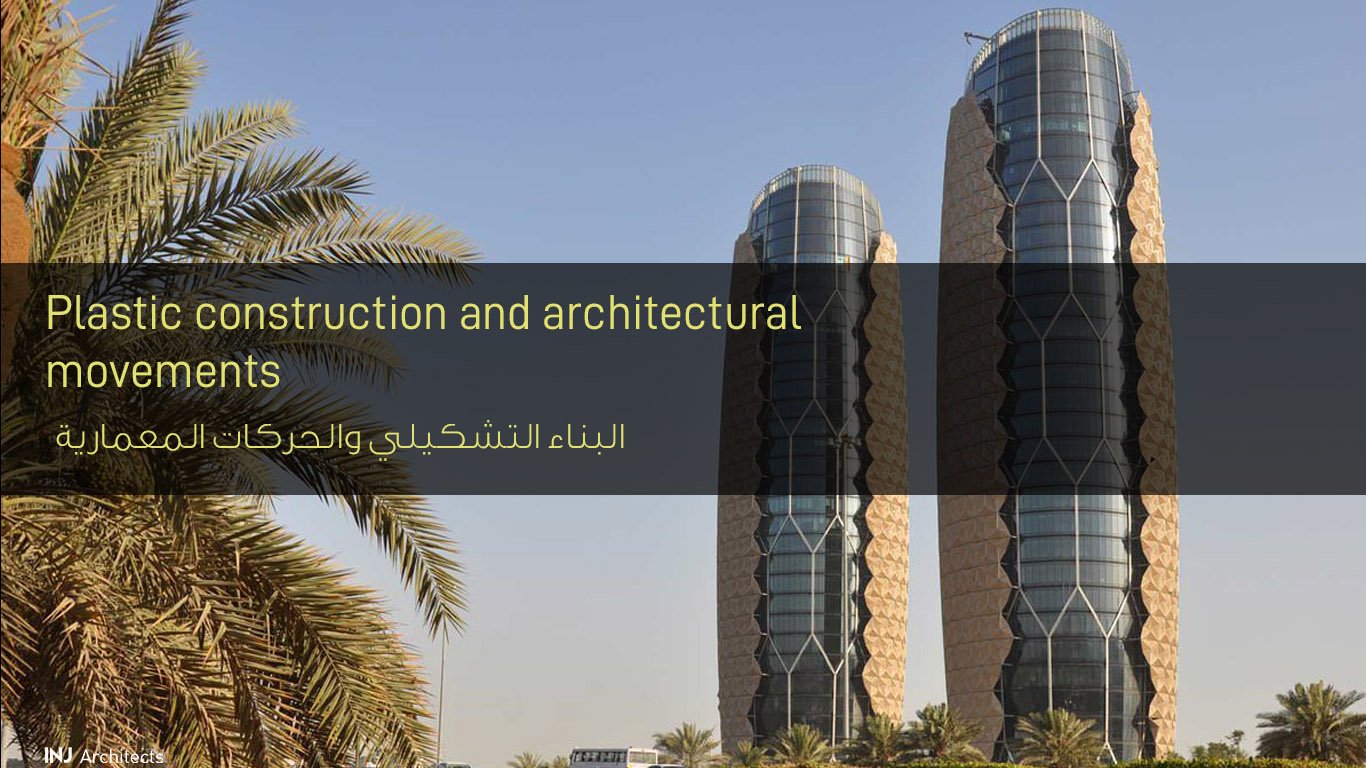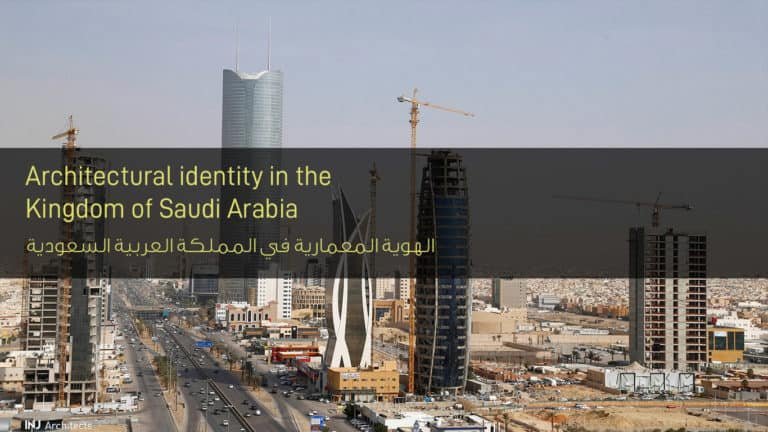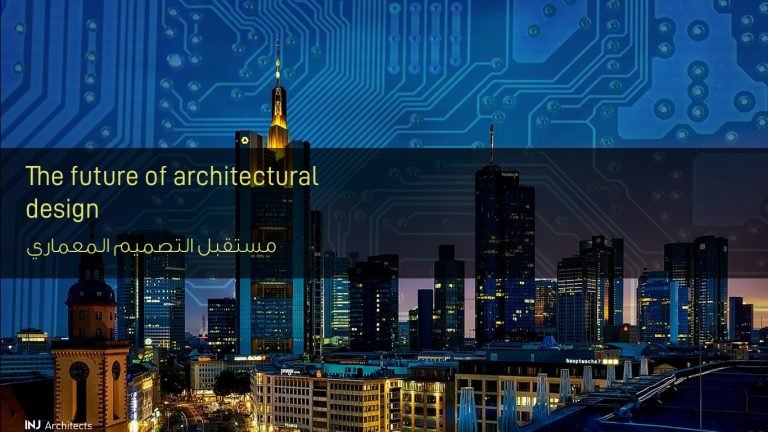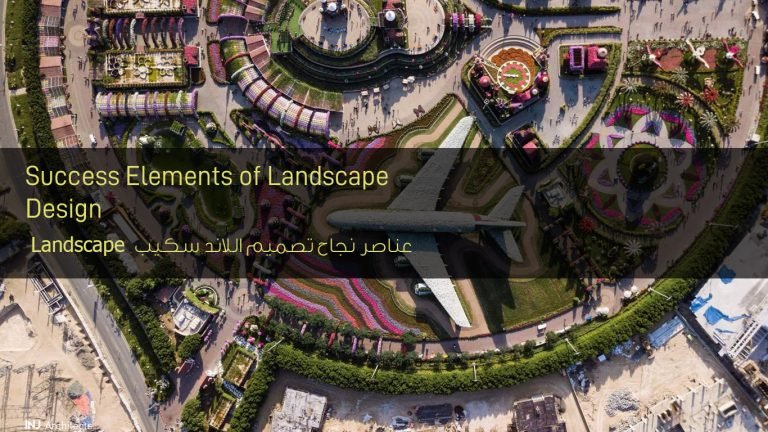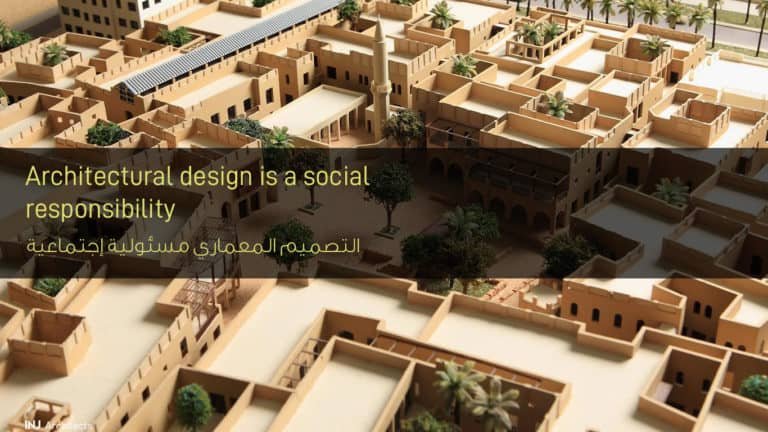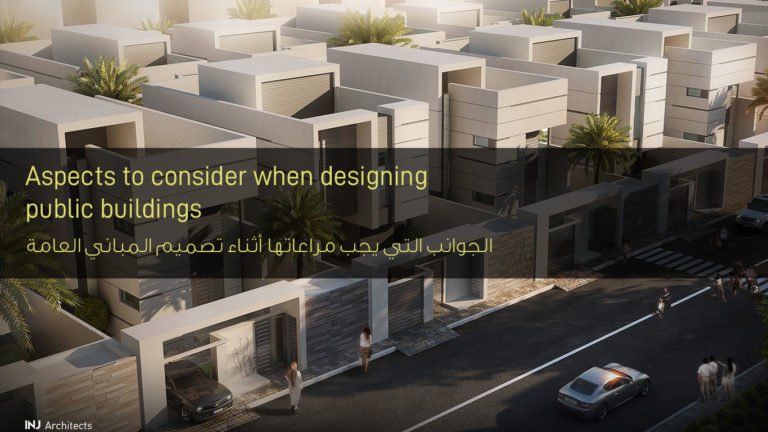Plastic construction and architectural movements
Plastic construction and architectural movements
Plastic construction and architectural movements, with the development of construction, new possibilities evolved and their impact appeared on architectural designs. These movements are the product of shared ideas and the convergence of building technologies that open up new possibilities for architecture. From the atomic scale of materials to pre-assembled homes and distant planets, changes in structures have become felt across industries. As a result, disciplines and fields of knowledge are interconnected to each other to re-imagine how we build.
There have been new developments on a large scale allowing companies to use augmented reality tools around the workflow solutions for AEC professionals, by starting with the ceilings and we have high rises of 20% between these giant developments and an ambitious view Architectural companies look to keep up with and interest in these modern technologies today.
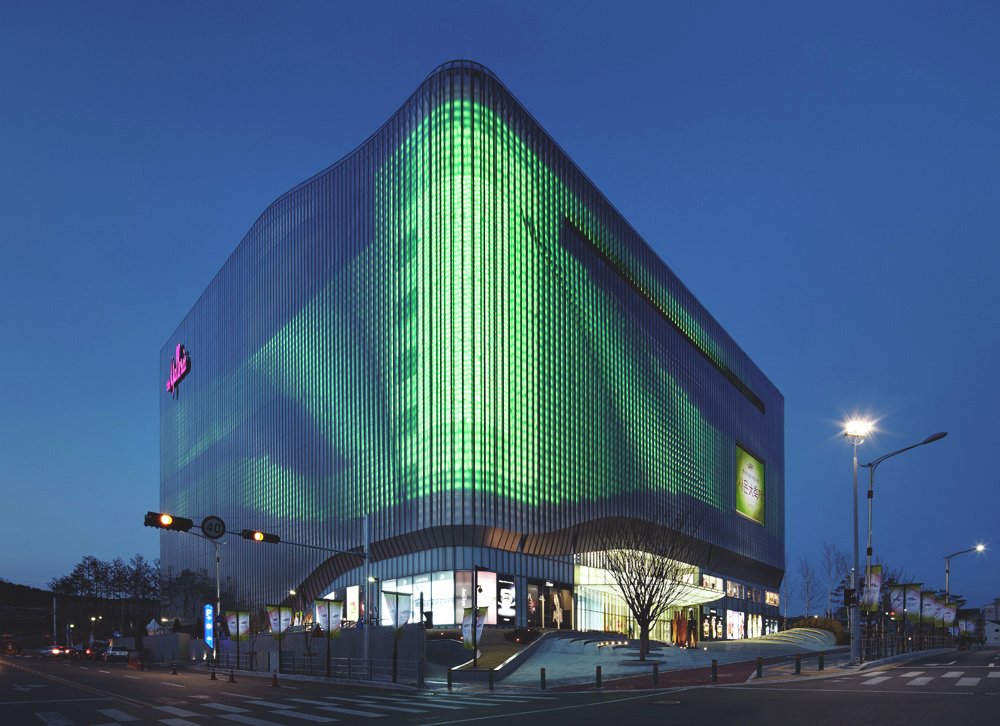
New building styles provide new possibilities for addressing sustainability, delivery methods and the labor market. As building changes occur at faster and faster rates, corporations and companies are rethinking repetitive tasks and earlier assumptions about tectonic boundaries and materials. In this article, recent trends in urbanization have begun to emerge and are in progress:
Articles in the digital age:
Since the construction worker seemed to always be on site, the deep foundations of the construction industry seemed to be somewhat late in terms of modernization. So far. Driven by the concept of sustainability, large social movements emerged as a contemporary reaction to economic systems that boost productivity over local craftwork. The race to achieve efficiency while preserving the environment has become a major driving force for the industry to integrate new manufacturing and construction processes. The development of rapid mass production technologies – such as pre-fabrication, 3D printing, and collaborative software – has become a fourth industrial revolution.
Augmented reality technologies for architecture and construction
Technological innovation is revolutionizing one of the world’s oldest professions. Augmented reality has broken into the scene and the urban construction has already been transformed. The changes are seen not only in design and modeling, but also in construction. Augmented reality benefits the entire construction team: engineers, designers, architects, project managers, and service providers. Unlike virtual reality, which creates an entirely new and independent environment for the real world, augmented reality includes virtual elements that interact with what already exists. Thus it is possible to combine virtual architectural designs with the reality of the construction site, which increases efficiency and accuracy, which reduces the occurrence of errors and saves time, money and resources.
Ambitious Ideas: Build with 3D Technology
Mars Mosha ranked “Mars Mosha” the first in the agency challenge, which is the multi-planetary architectural design agency of the multi-planetary architectural design agency, in its total competitors, which witnessed 60 competitors. The Marsha Habitat provides a glimpse of what the future of human life could look like on Mars, with a 3D model printed during the final stage of the competition, including three robotic windows. Marsha was praised for his clever use of the material, which was built from a biodegradable, recyclable basalt compound drawn from the natural materials found on Mars. After withstanding NASA pressure, smoke, and impact, the material was found to be stronger and more durable than its concrete competitors.

Kinetic facades in architecture
For most of the history of architecture, interesting interfaces were achieved through material or decoration. From the elaborately painted Parthenon cornices to the glass exteriors of modern skyscrapers, the architecture was primarily stationary, only “variable” as the environment would change and affect the facade materials in various ways, be it rain, light, rust, etc.
As technology advanced and the interfaces shifted – literally – the role of the environment did not diminish. Instead, advanced technology has allowed designers to develop a structure that responds to environmental stimuli in more exciting ways than ever before. These designs often take the form of kinetic facades: architectural facades that change dynamically, transforming buildings from a fixed monolith to permanent-moving surfaces.
Kinetic facades, often taking many forms, can mediate beauty and utility, highlighting stunning images as well as environmental protection. One of the simplest examples of this mediation is the Sea Towers in Idas for architects. Canopy-like panels open to the facade and close in response to the movement of the sun, protecting building users from heat and glow, reducing the need for air conditioning, and making the building more sustainable. The paintings are not only aesthetically and star-like, but are inspired by traditional Islamic shading systems, with cultural heritage as well.
Other architects likewise used kinematic interfaces to mediate the temperature. Another distinctive example of this approach is Ernst Geiselbrecht + Partner’s Kiefer Technic Showroom, featuring 112 large metal tiles that turn throughout the day to create perfect shading conditions. Users can control these conditions from within the building, adapting the façade to perfectly fit the interior atmosphere.

